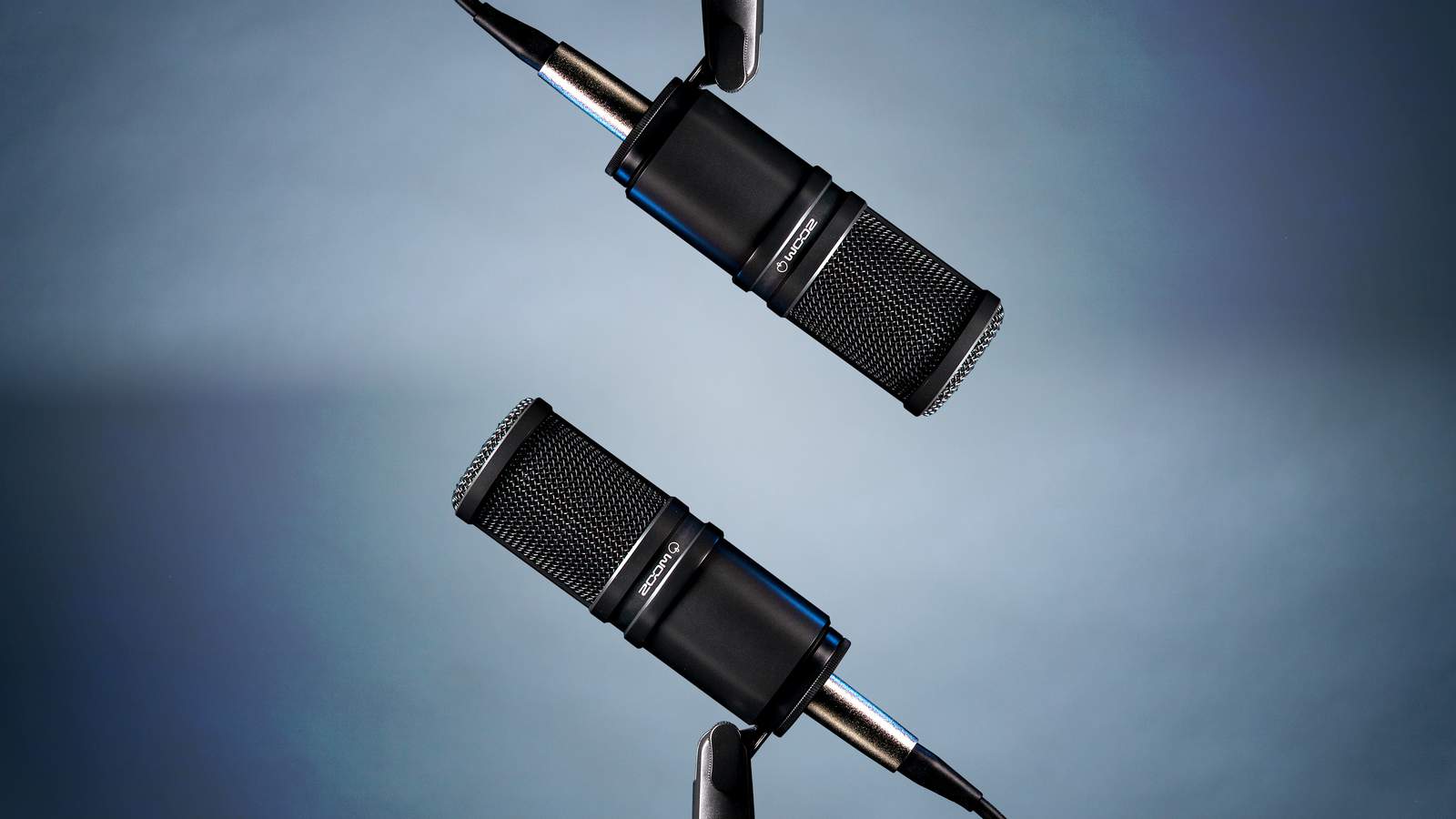Feel the frustration when you are eager to contribute to a Zoom meeting only to find out your microphone isn’t working? It’s a common hurdle in the work-from-home era, but it’s often quick to fix. Resolving issues with your Zoom microphone requires a systematic approach, starting from initial troubleshooting to more in-depth solutions. This article walks you through a step-by-step method to get your Zoom microphone up and running, ensuring your voice is heard during your next virtual meeting.
Basic Troubleshooting Steps
Check Your Hardware Setup
Before diving into advanced settings, confirm your microphone hardware is in working order. If you’re using a peripheral device, make sure it’s properly plugged in. For wireless devices, check that they’re charged and connected via Bluetooth. Test the microphone separately, perhaps by recording a voice memo on your phone or using another program, to make sure the issue is specific to Zoom and not a hardware malfunction.
Adjust Zoom’s Audio Settings
Open Zoom and navigate to the ‘Audio‘ settings. Ensure the correct microphone is selected from the dropdown menu. Perform a mic test within Zoom by speaking and observing the input level indicator. If it moves as you speak, Zoom is receiving the audio. Adjust the volume slider if necessary, and make sure the ‘Mute’ button isn’t active. If everything appears fine here but no one can hear you, it’s likely an issue with Zoom’s access to your mic, which we’ll cover in the following steps.
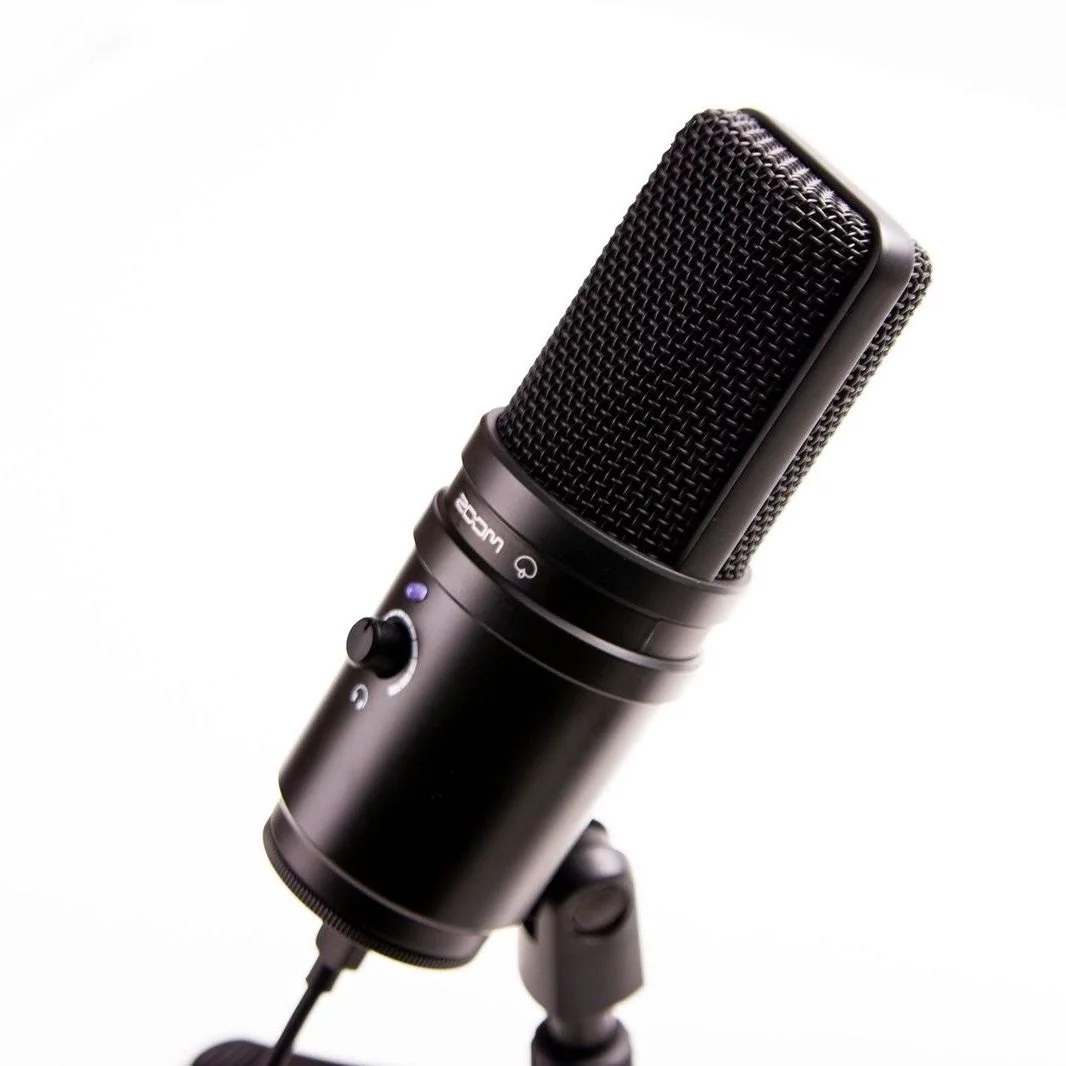
System-Level Permissions
Ensure System Permissions are Granted
Your computer’s operating system may be blocking Zoom from accessing your microphone. On Windows, go to Settings, System, Sound, and then Microphone Privacy settings to make sure apps have access to your microphone. For macOS, visit System Preferences, Security & Privacy, and under the Privacy tab, check that Zoom has permission to use the microphone. Granting these permissions is crucial for Zoom to utilize your microphone during calls.
Update Your Audio Drivers
Out-of-date or corrupted audio drivers can lead to microphone issues in Zoom. On Windows, you can update drivers through the Device Manager by finding your audio device, right-clicking it, and choosing to update the driver. For Mac users, updating the system to the latest version often includes necessary driver updates. After updating, restart your computer to ensure changes take effect and test your microphone again in Zoom.
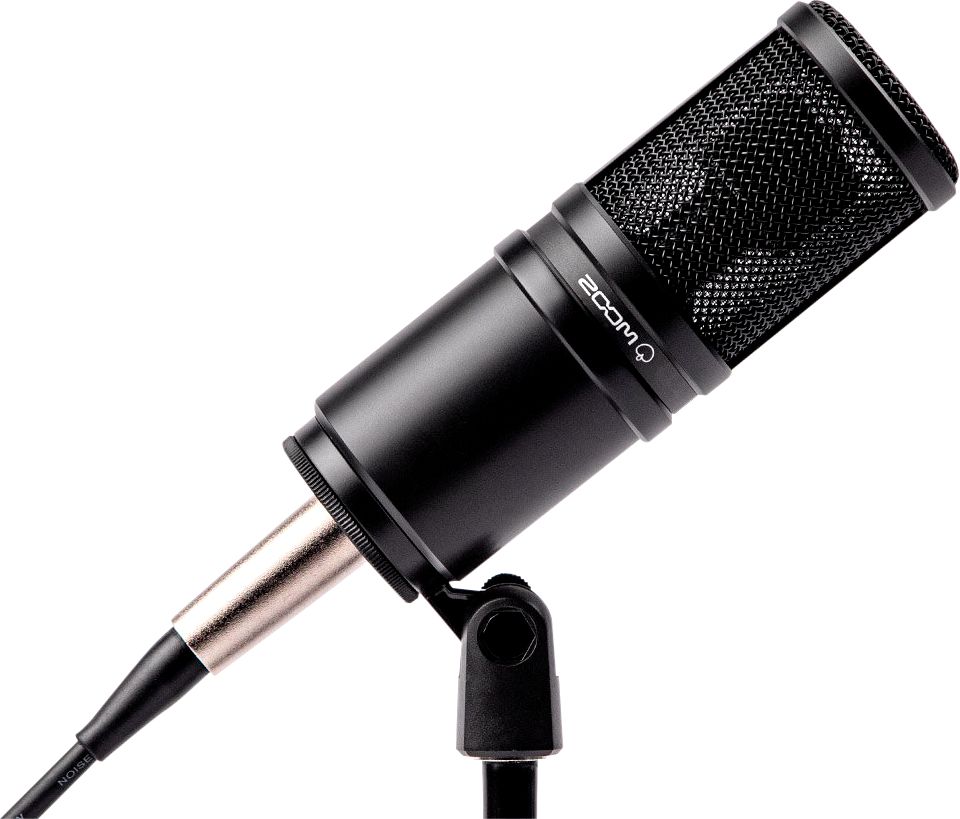
Advanced Troubleshooting Techniques
Disable Interfering Audio Enhancements
Some systems have built-in audio enhancements that can interfere with Zoom’s ability to capture sound clearly. On Windows, find your microphone properties in the Sound Control Panel and navigate to the ‘Enhancements’ tab. Disable all enhancements and test the microphone again. On Mac, check for similar settings in the Audio MIDI Setup utility and make sure no effects are applied to the input device.
Reinstall Zoom
At times, Zoom itself may be the issue due to a bad installation or a corrupted update. To solve this, uninstall Zoom from your system and download the latest version from the official website. A fresh installation can often resolve lingering issues, restoring your microphone’s functionality in the application.
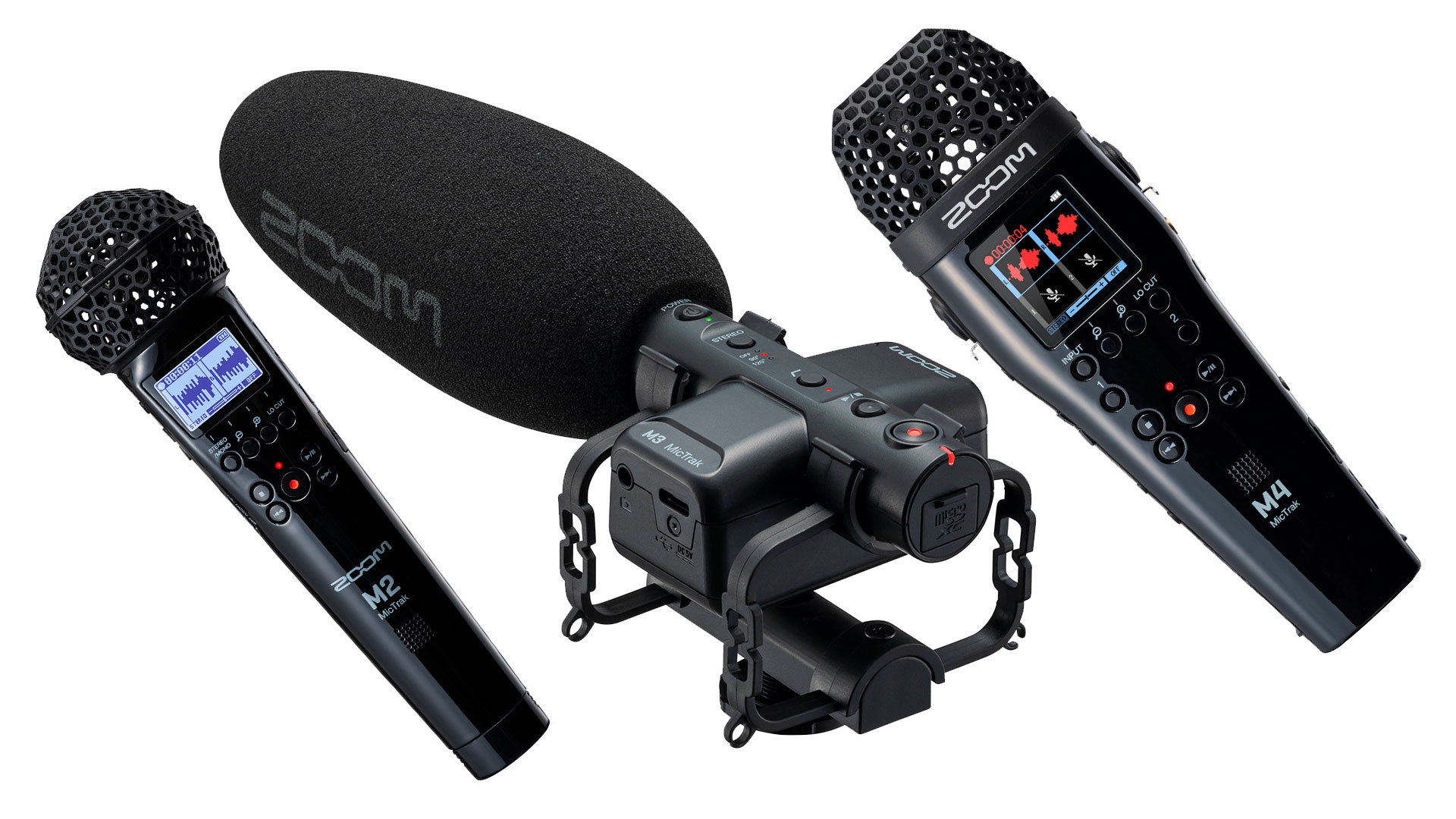
Identifying Conflicting Applications and Services
Close Potential Conflicting Apps
Other applications may be seizing control of your microphone, preventing Zoom from using it. Check for running apps that also require mic access, like Skype, Slack, or game clients. Close these applications before starting or joining a Zoom call to ensure they’re not conflicting with Zoom’s audio capture capabilities.
Check Background Services and Privacy Tools
Some background services or privacy tools may unknowingly block microphone access. Inspect your system’s background services and disable any that might control audio devices. If you use privacy tools, confirm they’re not set to prevent applications from accessing your microphone. Disabling these services temporarily can pinpoint if they’re the cause of your Zoom microphone issues.

Diagnosing Network-Related Audio Issues
Evaluate Your Internet Connection
It’s not always the microphone that’s at fault – sometimes, poor audio can be the result of a weak or unstable internet connection. When your bandwidth is low or your connection is inconstant, audio transmission can suffer. Ensure a stable connection by closing unnecessary bandwidth-intensive programs, using a wired connection if possible, and rebooting your router. Zoom also has a feature that lets you check your connection status, symbolized by a green, yellow, or red icon, indicating the health of your internet connection during a call.
Configure Audio Packet Size
In some cases, adjusting the Advanced Audio settings in Zoom may combat network-related issues. Within Zoom’s Audio settings, under the Advanced options, there are settings that allow you to manipulate the audio packet size sent over your network. Increasing or decreasing the packet size can help stabilize the audio transmission, especially if you are experiencing a lot of ‘jitter’ or intermittent drops in the audio stream. Use this option carefully, as incorrect configuration can potentially worsen audio performance.
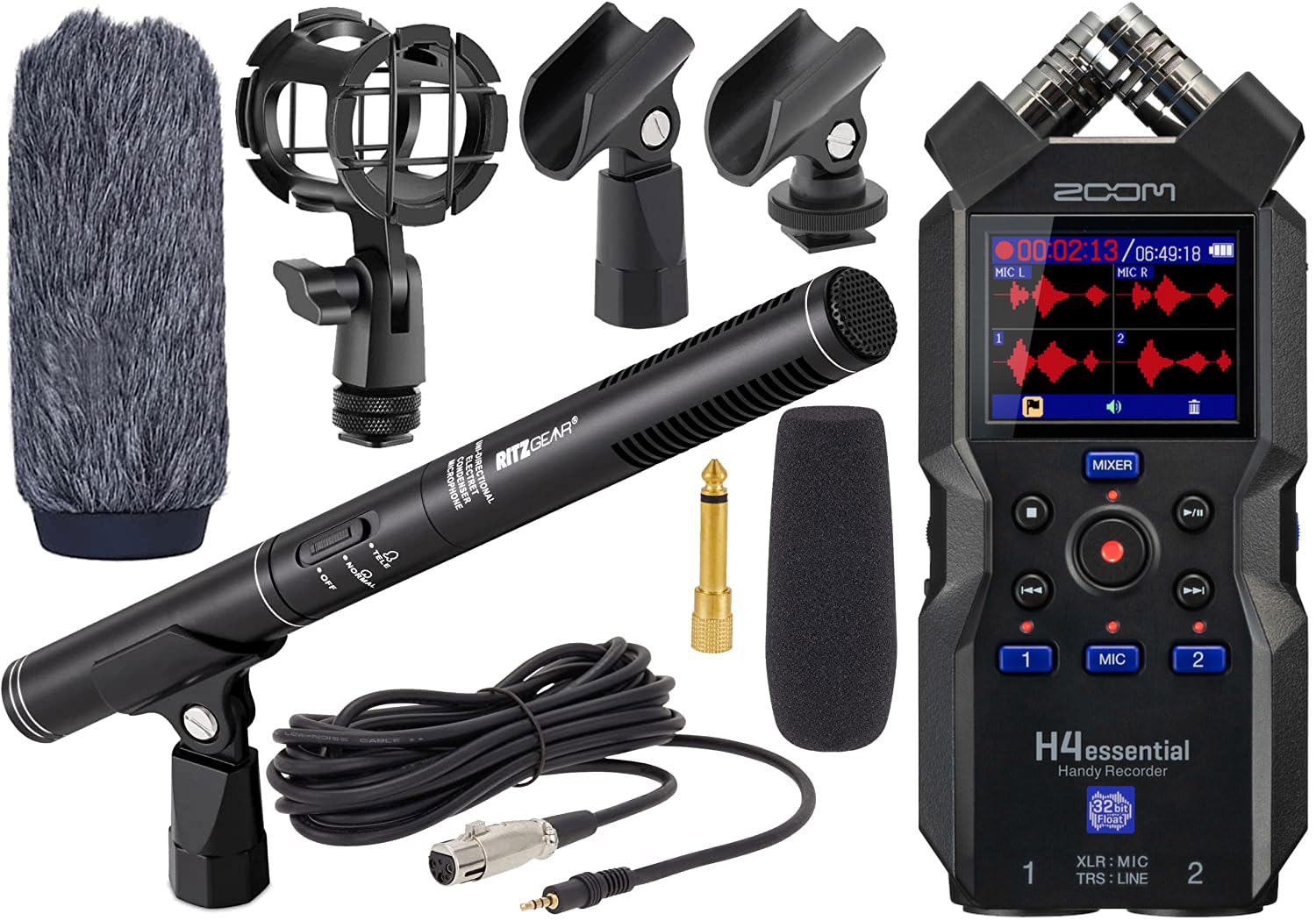
Last Resort Measures
Consult Your IT Department or Support
If all else fails and you’ve exhausted the self-help solutions, it might be time to involve professionals. Reach out to your organization’s IT department if you have one, or contact Zoom support for further assistance. They might provide insights into less apparent issues, possibly even server-side or account-based problems that only they can resolve. Providing them with detailed information about the steps you’ve already attempted will assist them in quickly diagnosing the problem.
Troubleshooting Zoom microphone issues is a systematic process that requires checking both hardware and software components. By taking a comprehensive approach – starting with simple checks and settings adjustments, and moving on to system permissions, driver updates, and possible network-related configurations – you can resolve the majority of audio problems. Remember that support teams are available to assist when in-house solutions do not yield results. With a functional microphone, your voice will be present and accounted for in every virtual conversation.
In pursuit of a solution for your Zoom microphone problem, start with the basics and gradually move to more sophisticated methods if necessary. By confirming your hardware is functional, granting system permissions, updating drivers, checking for conflicting applications, and ensuring no systemic blocks are in place, you are bound to resolve the issue. Once fixed, your Zoom microphone will be ready to clearly transmit your voice in any virtual environment, ensuring effective communication in all your online engagements.
